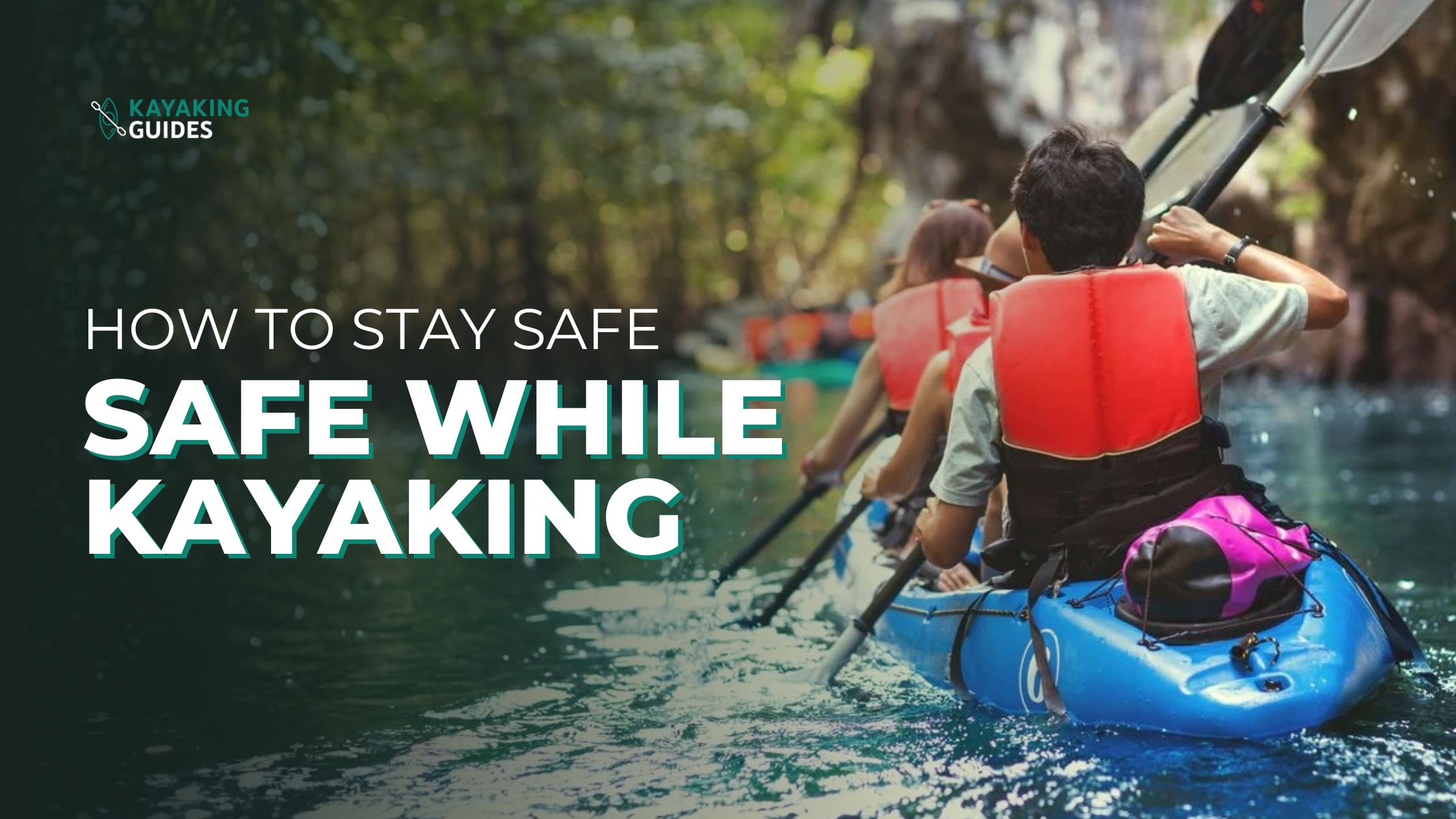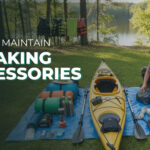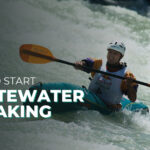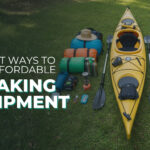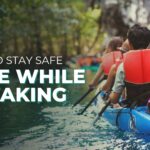Introduction
Kayaking is a popular water sport that offers both adventure and relaxation. Whether you’re paddling across calm lakes, exploring rivers, or taking on ocean waves, kayaking gives you a unique way to connect with nature. But like any outdoor activity, it also comes with risks. To fully enjoy kayaking without accidents, safety should always be your top priority.In this article, we’ll cover 13 proven tips to help you stay safe while kayaking, from choosing the right kayak and gear to handling emergencies and respecting wildlife.
1. Choose the Right Kayak for Safety
The foundation of kayaking safety begins with selecting the right kayak for your skill level and environment.
- Recreational kayaks are ideal for beginners and calm waters like lakes or slow-moving rivers.
- Touring kayaks are designed for long-distance paddling in open water.
- Whitewater kayaks are made for tackling rough, fast-moving rivers.
Always choose a kayak that fits your body size, weight, and intended use. A properly sized kayak improves stability, control, and overall safety.
2. Always Wear a Personal Flotation Device (PFD)
A personal flotation device (PFD) is a must-have for every kayaker, regardless of swimming ability. It keeps you afloat in case of capsizing and increases survival chances in emergencies.
- Pick a Type III PFD, which offers comfort and mobility while paddling.
- Make sure it fits snugly but doesn’t restrict movement.
Wear it at all times—not just when you think you “might” need it.
3. Learn Proper Paddling Techniques
Correct paddling techniques are key for both efficiency and safety. Using the wrong posture or stroke can cause fatigue, poor control, or even injury.
- Hold the paddle with both hands, keeping your arms relaxed and your torso engaged.
- Rotate your core with each stroke instead of relying only on your arms.
- Learn how to perform a wet exit so you can safely get out of a capsized kayak.
Practice these skills in calm, shallow water before heading into more challenging conditions.
4. Check Weather and Water Conditions
Bad weather is one of the biggest dangers in kayaking.
- Avoid kayaking in high winds, thunderstorms, or heavy rain.
- Check water temperature, since cold water increases the risk of hypothermia.
If conditions look risky, reschedule your trip—it’s better to miss one day than risk your safety.
5. Plan Your Route Before You Paddle
Planning your route is just as important as choosing your kayak.
- Pick waters that match your skill level.
- Beginners should avoid strong currents, rapids, or open seas.
- Inform a friend or family member of your plan and estimated return time.
This ensures someone can alert authorities if you don’t return on schedule.
6. Pack Essential Kayaking Safety Gear
Beyond your PFD, always carry:
- A whistle or signaling device for emergencies.
- A first aid kit for minor injuries.
- A waterproof map or GPS to avoid getting lost.
- A spare paddle in case of breakage.
These small additions can make a big difference when unexpected situations arise.
7. Stay Hydrated and Bring Snacks
Kayaking can be physically demanding, especially on long trips. Staying hydrated keeps you alert and reduces fatigue.
- Carry plenty of water.
- Bring energy-boosting snacks like nuts, protein bars, or fruits.
- Electrolyte drinks can help replace minerals lost through sweating.
8. Watch Out for Hazards on the Water
Stay alert for natural and man-made hazards, such as:
- Rocks and logs
- Strong currents
- Low-hanging branches
- Other watercraft
Maintaining awareness helps you avoid accidents and keeps your paddling smooth and safe.
9. Dress Properly for Kayaking
Your clothing matters more than you think.
- Wear quick-drying, synthetic fabrics like nylon or polyester.
- Avoid cotton, as it stays wet and lowers body temperature.
- Don’t forget a hat, sunglasses, and sunscreen to protect against UV rays.
In colder conditions, consider wearing a wetsuit or dry-suit for extra protection.
10. Know Your Limits
Pushing beyond your abilities is a common cause of accidents.
- Stick to waters that match your skill and comfort level.
- Take breaks when tired.
- Don’t let pride push you into risky conditions.
Respect your limits! kayaking is about enjoyment, not competition.
11. Practice Self-Rescue Techniques
Every kayaker should know how to re-enter their kayak after capsizing. Two common methods include:
- Paddle float rescue – using a paddle float to stabilize the kayak and climb back in.
- T-rescue – where another kayaker helps stabilize your kayak so you can re-enter.
Practice these techniques in calm conditions before you need them in a real emergency.
12. Respect and Protect Wildlife
Kayaking often takes you into natural habitats.
- Avoid disturbing animals.
- Do not feed wildlife—it changes their behavior and harms ecosystems.
- Keep a safe distance when observing birds, fish, or marine mammals.
Respecting nature keeps both you and the environment safe.
13. Stay Calm in Emergencies
Accidents happen—even to experienced kayakers. In emergencies:
- Stay calm and avoid panicking.
- Focus on your training and safety gear.
- Signal for help if needed.
Remaining level-headed makes it easier to take the right actions.
Conclusion
Kayaking is one of the most rewarding outdoor activities, offering adventure, fitness, and relaxation. But safety should never be overlooked. From choosing the right kayak and gear to learning paddling techniques and practicing rescue skills, every step matters.
By following these 13 kayaking safety tips, you’ll not only protect yourself but also maximize your enjoyment on the water.
Remember: Plan your trip, wear your PFD, respect nature, and always stay within your limits.
FAQs About Kayaking Safety
1. Is kayaking safe for beginners?
Yes, kayaking is safe for beginners if you start in calm waters, wear a PFD, and practice basic techniques.
2. Do you need a life jacket while kayaking?
Absolutely. A PFD is essential for safety and often required by law.
3. What should you avoid while kayaking?
Avoid kayaking in bad weather, without safety gear, or in waters above your skill level.
4. Can you kayak alone?
It’s safer to kayak with others, but if you go solo, always inform someone of your route and return time.
5. What’s the most important safety tip?
Always wear a properly fitted PFD—it’s your best protection in emergencies.
